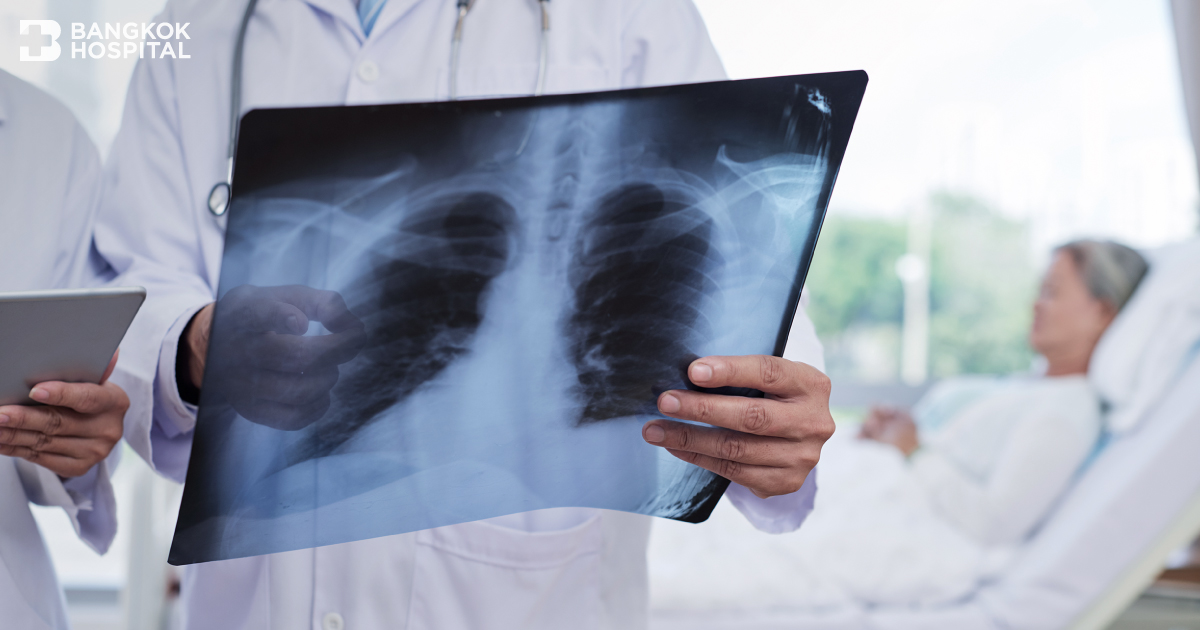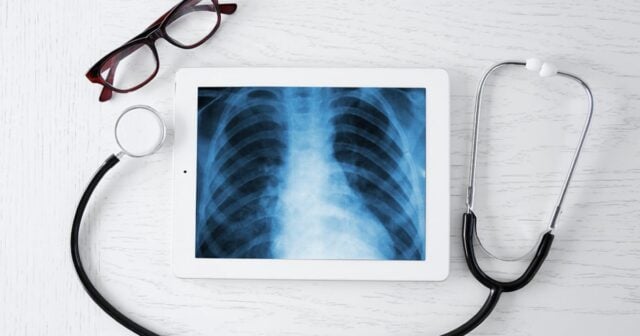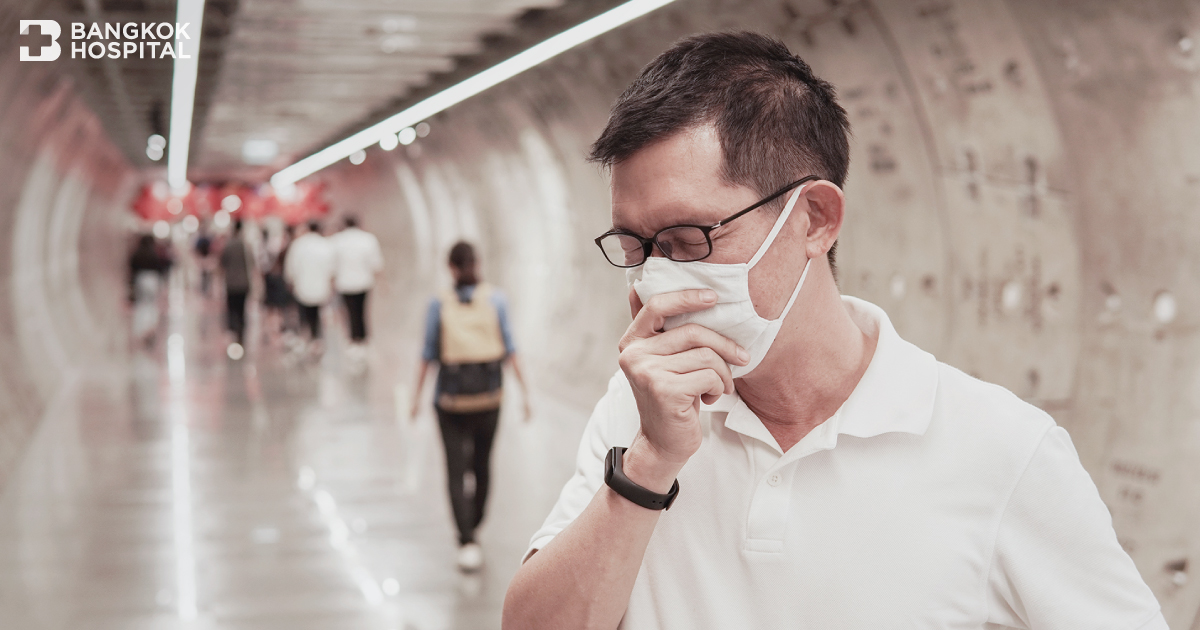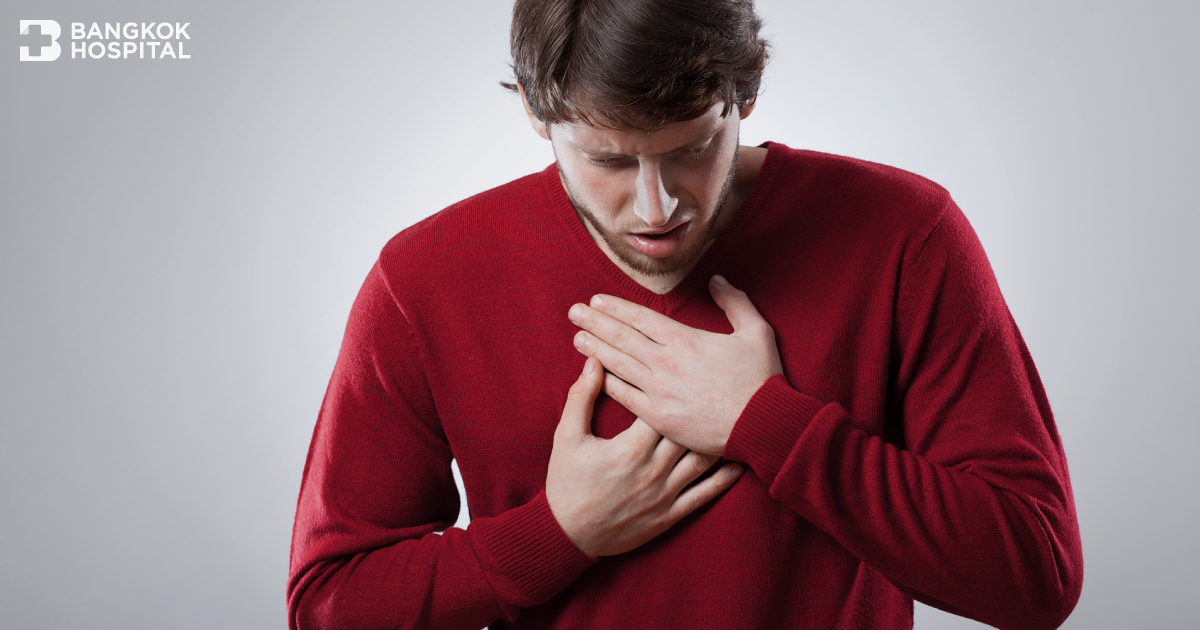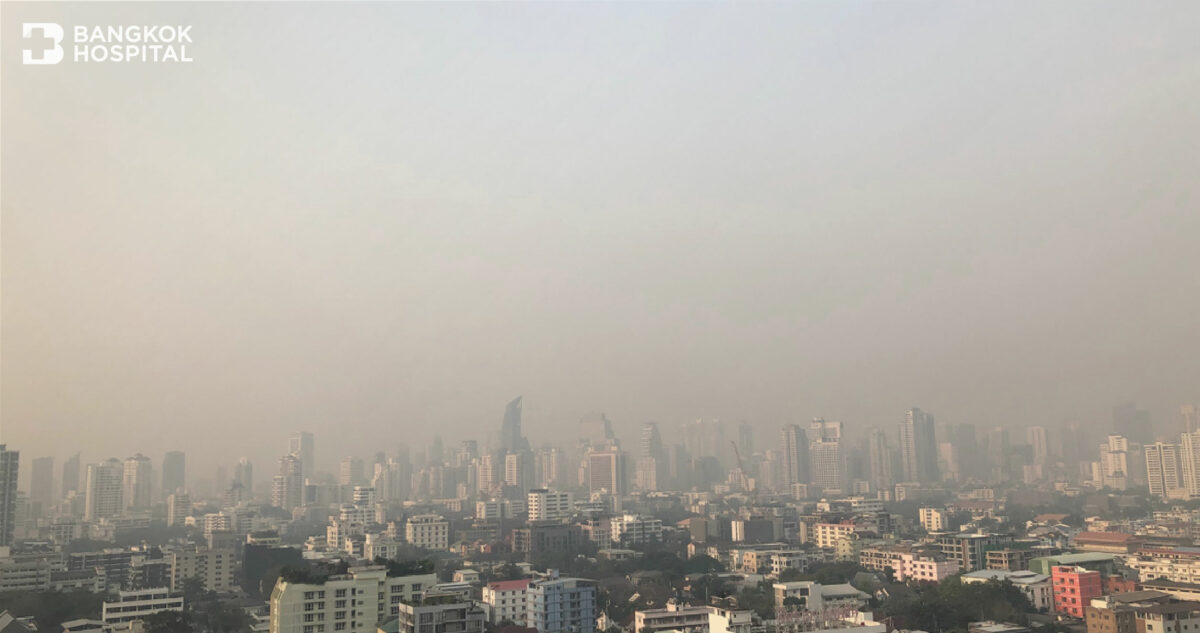The lung is a very important organ. If the lung stops functioning, we could die within minutes. Or if the lung functions less than normal, we will experience easy fatigue and difficulty breathing. Chronic lung diseases develop slowly and gradually destroy lung tissue until symptoms like easy fatigue and difficulty breathing may be too late. Early lung function testing for those who are at high risk, or those who have pulmonary symptoms is very important for diagnosing diseases, assessing the patient’s condition, and monitoring the treatment results.
Who is at risk for lung disease
Those at high risk include:
-
People living in areas with high environmental pollution, such as near factories releasing toxic smoke, car smoke, cigarette smoke
-
Working in places with high environmental pollution, such as factories with dust, mining, stone milling, chemical fumes
-
People who smoke, those with chronic lung diseases, which may involve lung and bronchial tissue destruction, such as asthma, emphysema, etc.
Who has pulmonary symptoms
Those with pulmonary symptoms include:
-
People who have chronic coughs
-
People who experience easy fatigue because once the lung loses its function due to pathological destruction, most will not recover. For patients with chronic lung diseases, by the time symptoms of fatigue occur, the lung will have been significantly destroyed (more than 50%) and they will have to suffer from the symptoms of fatigue, difficulty breathing until death
Lung Function Test
- The lung function test is easy, painless, requires little time, and does not require much preparation. Just wear loose clothing for full breathing effort, and avoid eating heavily before coming. Those using bronchodilator medication should stop the medication, including quitting smoking 24 hours before. If it’s a general examination, it will take 15 – 30 minutes
-
The standard test used in hospitals called Spirometry measures the inhaled and exhaled volume and the speed of each breath, which results in a graph showing the relationship between air volume and time or the flow rate of air with volume. The interpretation of the results will be normal (Normal), airway obstruction during exhalation (Obstructive Pattern), each inhalation or exhalation volume less than normal (Restrictive Pattern) and low results in both cases together (Mixed Pattern)
-
A comprehensive examination is done in only a few places in Thailand for research purposes, but the following are beneficial for diagnosing and treating diseases
o Measuring the total lung capacity (Total Lung Capacity)
o Assessing the lung’s gas exchange capability (Diffusing Capacity)
o Blood oxygen saturation (Oxygen Saturation) using an Oximeter which does not require blood draw
o Determination of arterial blood gases (Arterial Blood Gases Determination)
-
Other lung function tests that can be done in the examination room but are more commonly done for research include measuring airway resistance (Airway Resistance), lung compliance (Lung Compliance), maximum oxygen exchange between air and blood (Maximum Oxygen Uptake), and maximum inspiratory pressure (Maximum Inspiratory Pressure), among others
-
The bronchial challenge test is to detect whether the patient’s bronchi, when breathing in irritants or allergens, respond more than normal (Hyperresponsiveness). This test is useful in diagnosing asthma when history and other tests do not show clear results

